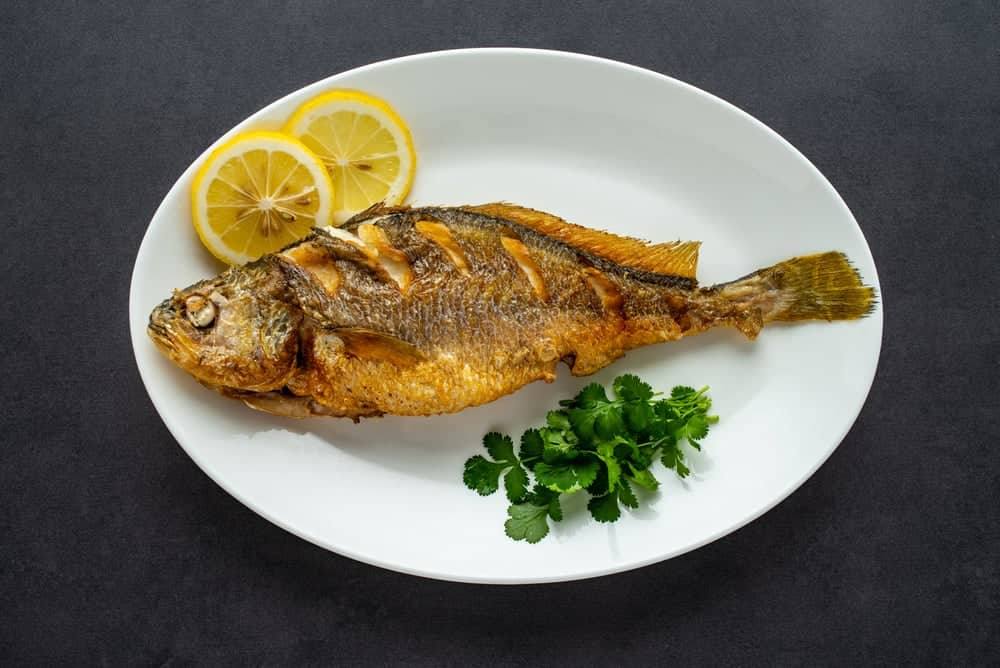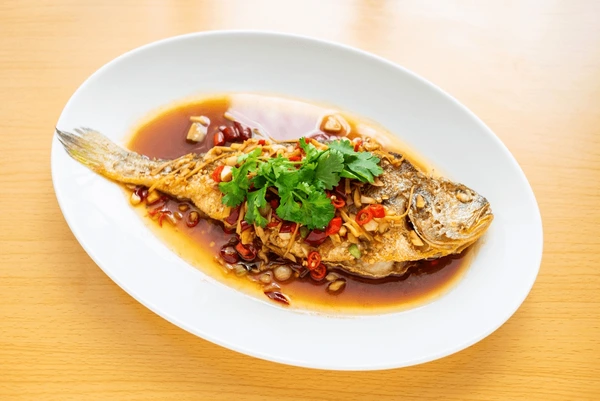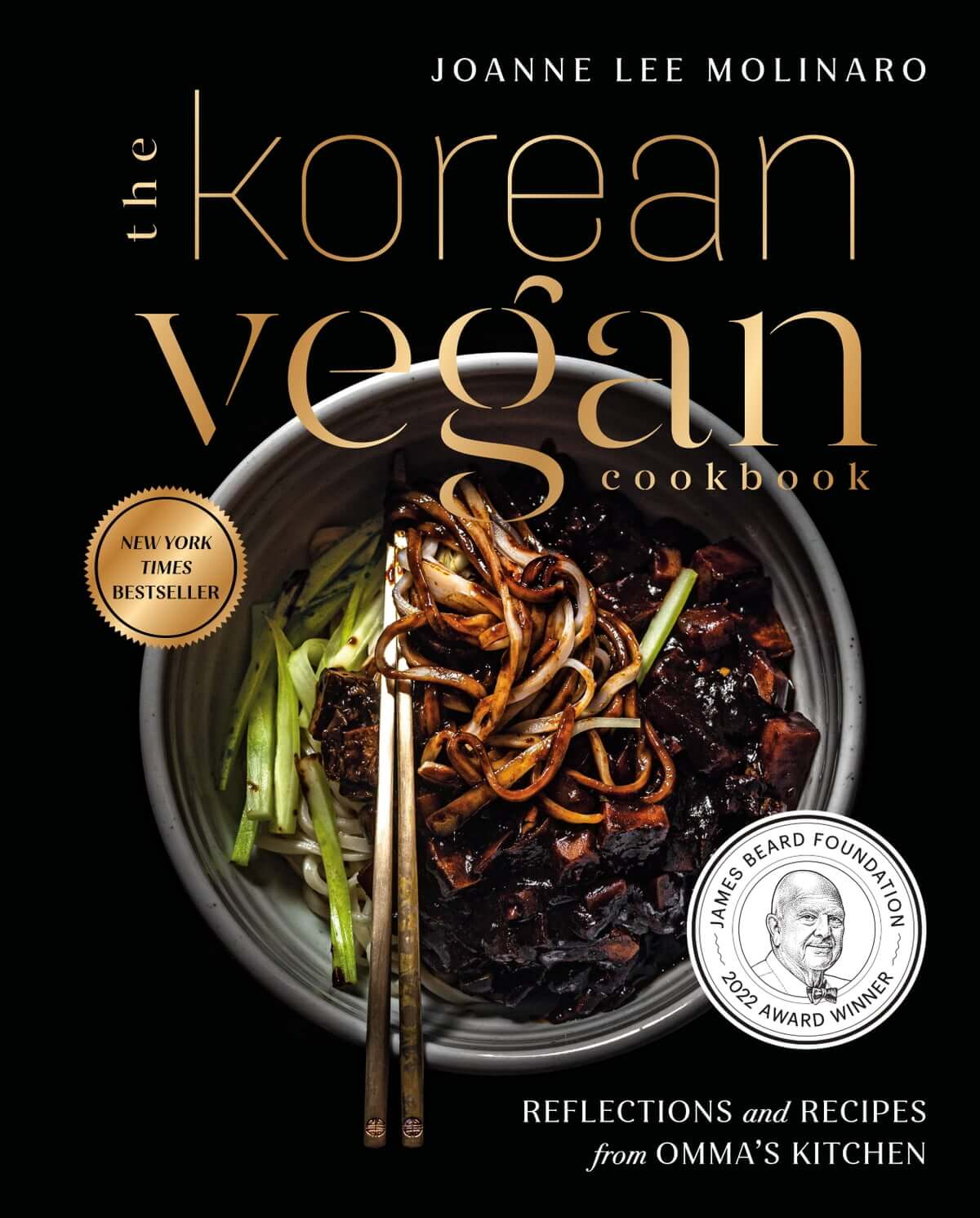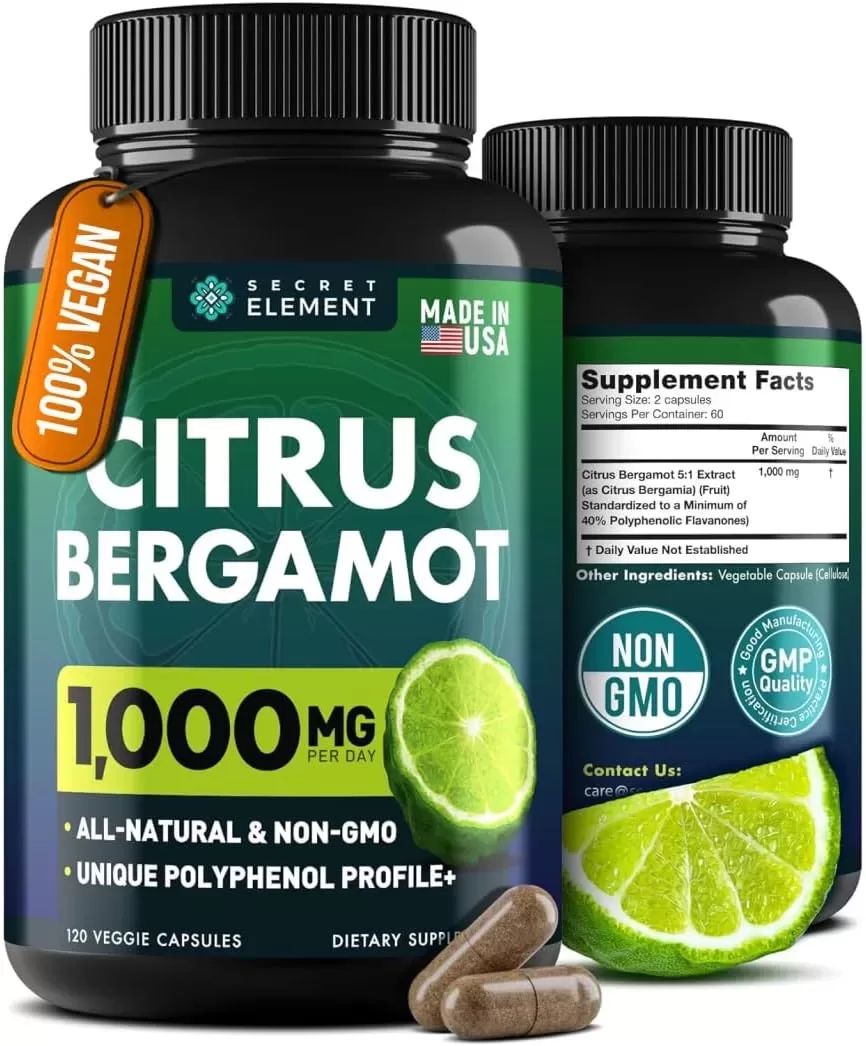Croaker fish are a popular choice for many seafood lovers. But what exactly do croaker fish taste like? Are they good to eat? In this article, we’ll delve into the flavor profile of croaker fish, exploring whether they’re a delicious addition to your seafood repertoire. We’ll also discuss their size, health benefits, and popular recipes.
If you’re curious about the taste and nutritional value of croaker fish, or if you’re looking for some tasty recipe ideas, this article is for you. Whether you’re a seasoned seafood connoisseur or a curious newcomer, you’ll find valuable information here. So dive in and discover the world of croaker fish!
Is Croaker a Good Eating Fish?
Croaker fish is prized for its mild, slightly sweet flavor and firm, white flesh. This versatility makes it a popular choice for various cooking methods, from grilling and baking to frying and broiling. Its delicate taste allows it to pair well with a variety of flavors, making it a great canvas for herbs, spices, and sauces.
While often enjoyed in its simple form with a squeeze of lemon and a sprinkle of salt and pepper, croaker fish is also a staple in many international cuisines. In Asian cultures, particularly in China and Southeast Asia, it’s often steamed, braised, or stir-fried. In the United States, it’s commonly grilled or baked.
Types of Croaker Fish
There are two main types of croaker fish:
- Pacific Croaker (White Croaker): This type is commonly found in the Pacific Ocean, particularly off the coast of California. It has a mild, sweet flavor and a firm, white flesh.
- Atlantic Croaker (Yellow Croaker): This type is found in the Atlantic Ocean, primarily along the East Coast of the United States. It’s similar to the Pacific croaker in taste and texture.
How to Prepare Croaker Fish?
While croaker fish is a delicious and nutritious seafood, it’s important to handle and prepare it correctly. Raw croaker fish can contain parasites, such as trematodes. To minimize the risk of infection, it’s crucial to cook croaker fish thoroughly to an internal temperature of 145°F (63°C).

Croaker Fish Bones: Preparation and Safety Tips
Yes, croaker fish, like many other bony fish, have a significant number of small bones. While this can make them a bit more challenging to prepare than some other fish, the delicate flavor and firm texture are worth the extra effort.
If you’re purchasing a whole croaker, be prepared to spend some time removing the bones. It’s often easier to purchase pre-cleaned fillets or steaks, which are much easier to prepare. When preparing whole croaker, it’s recommended to use cooking methods like steaming, braising, baking, or roasting, as these techniques can help to soften the bones.
To minimize the risk of choking, it’s important to exercise caution when eating croaker. Be sure to thoroughly chew each bite and remove any bones that may be present. It’s also advisable to inform your guests about the presence of bones, especially if you’re serving whole fish.
Croaker Fish Recipe
Croaker fish is a culinary gem known for its mild, sweet taste and firm, flaky texture, making it a perfect choice for countless recipes. Whether you’re baking, grilling, or pan-searing, this fish adapts beautifully to a variety of cooking styles and cuisines. Explore these inspired croaker fish recipe ideas for your next meal:
- Baked Croaker with Herb Seasoning
Coat the fish with a blend of salt, pepper, and fresh herbs like thyme and parsley. Bake in a preheated oven at 375°F (190°C) for 20 minutes or until flaky. - Grilled Croaker with Lemon-Herb Marinade
Marinate croaker fillets in olive oil, lemon juice, garlic, and rosemary. Grill over medium heat until lightly charred and tender. - Pan-Seared Croaker in Butter Sauce
Heat a pan with butter or olive oil and sear the croaker fillets for 3–4 minutes per side. Add a squeeze of fresh lemon juice for a tangy finish. - Asian-Style Stir-Fried Croaker
Slice the fish into bite-sized pieces and stir-fry with ginger, garlic, soy sauce, and vegetables like bok choy or bell peppers. Serve over steamed rice. - Mediterranean Croaker with Tomatoes and Olives
Layer croaker with cherry tomatoes, black olives, capers, and a drizzle of olive oil. Roast until the fish is tender and infused with Mediterranean flavors. - Spicy Croaker with Chili-Garlic Infusion
Sauté croaker with chopped chili peppers, garlic, and a splash of white wine. Pair with crusty bread or rice to balance the spice. - Croaker Fish and Chips
Dip fillets in a light beer batter, then deep-fry until golden brown. Serve with crispy fries and tartar sauce for a classic twist. - Croaker Tacos with Fresh Toppings
Grill or bake the fish, then flake it into soft tortillas. Add toppings like avocado, salsa, shredded cabbage, and a dollop of sour cream.
Pro Tip: Mastering the Art of Croaker Cooking
To preserve the fish’s tender texture and rich flavor, avoid overcooking. Aim for an internal temperature of 145°F (63°C) and watch for the flesh to flake easily with a fork. This ensures juicy, succulent results every time.
By incorporating these recipes into your repertoire, you’ll elevate croaker fish into a flavorful centerpiece for every meal. Experiment with global flavors and textures to keep your dishes exciting and satisfying!
Croaker fish is a highly nutritious seafood option, offering numerous health benefits. Both Atlantic and Pacific croaker varieties are relatively low in mercury, making them suitable for regular consumption when prepared mindfully.
Atlantic Croaker
Atlantic croaker is often considered the better option due to its lower mercury content. The FDA classifies it as a “Best Choice” seafood. Key nutritional highlights include:
- Protein: Essential for muscle growth and tissue repair.
- Phosphorus: Supports strong bones and teeth.
- Vitamin D: Crucial for bone health and immune function.
Pacific Croaker
Pacific croaker, while classified as a “Good Choice” seafood by the FDA, is still a nutritious option. However, due to its slightly higher mercury content, it should be consumed in moderation. It remains a rich source of protein and other essential nutrients.
Tips for Healthy Croaker Consumption:
- Choose Sustainable Options: Opt for sustainably sourced croaker to minimize environmental impact.
- Cook Healthily: Use grilling, baking, or steaming as cooking methods to retain nutrients while keeping the dish low in fat. Avoid deep-frying to reduce unnecessary calories and fats.
- Balance Your Diet: Pair croaker with a variety of fruits, vegetables, and whole grains for a well-rounded meal.
By choosing the right type of croaker and preparing it in nutritious ways, you can enjoy its delicious flavor and health benefits while supporting a healthy, sustainable lifestyle.
Final Thoughts
Croaker fish, with its delicate flavor and firm texture, offers a delightful culinary experience. Whether you prefer it grilled, baked, or fried, it’s a versatile fish that can be enjoyed in many different ways.
However, it’s essential to be mindful of the potential health risks associated with consuming certain types of croaker, particularly those with higher mercury levels. By choosing sustainable sources and preparing it in healthy ways, you can savor the deliciousness of croaker while prioritizing your well-being.
FAQs
Is croaker a good eating fish?
Yes, croaker is a good eating fish. It has a mild, sweet flavor and a delicate, flaky texture. It’s a popular choice for many seafood lovers.
Which is better, croaker or tilapia?
Both croaker and tilapia are good options, but they have different flavor profiles. Croaker has a more delicate flavor, while tilapia has a slightly firmer texture and a milder taste. Ultimately, the best choice depends on your personal preference.
Why is croaker fish so expensive?
Croaker fish can be more expensive than other fish due to several factors, including its availability, demand, and the specific fishing methods used to catch it. Additionally, its delicate flavor and versatility in cooking contribute to its higher price point.
What is the best way to cook croaker?
The best way to cook croaker is to use a method that preserves its delicate flavor and texture. Baking, grilling, or pan-searing are popular choices. Avoid overcooking, as this can make the fish dry and tough.














Comments are closed.